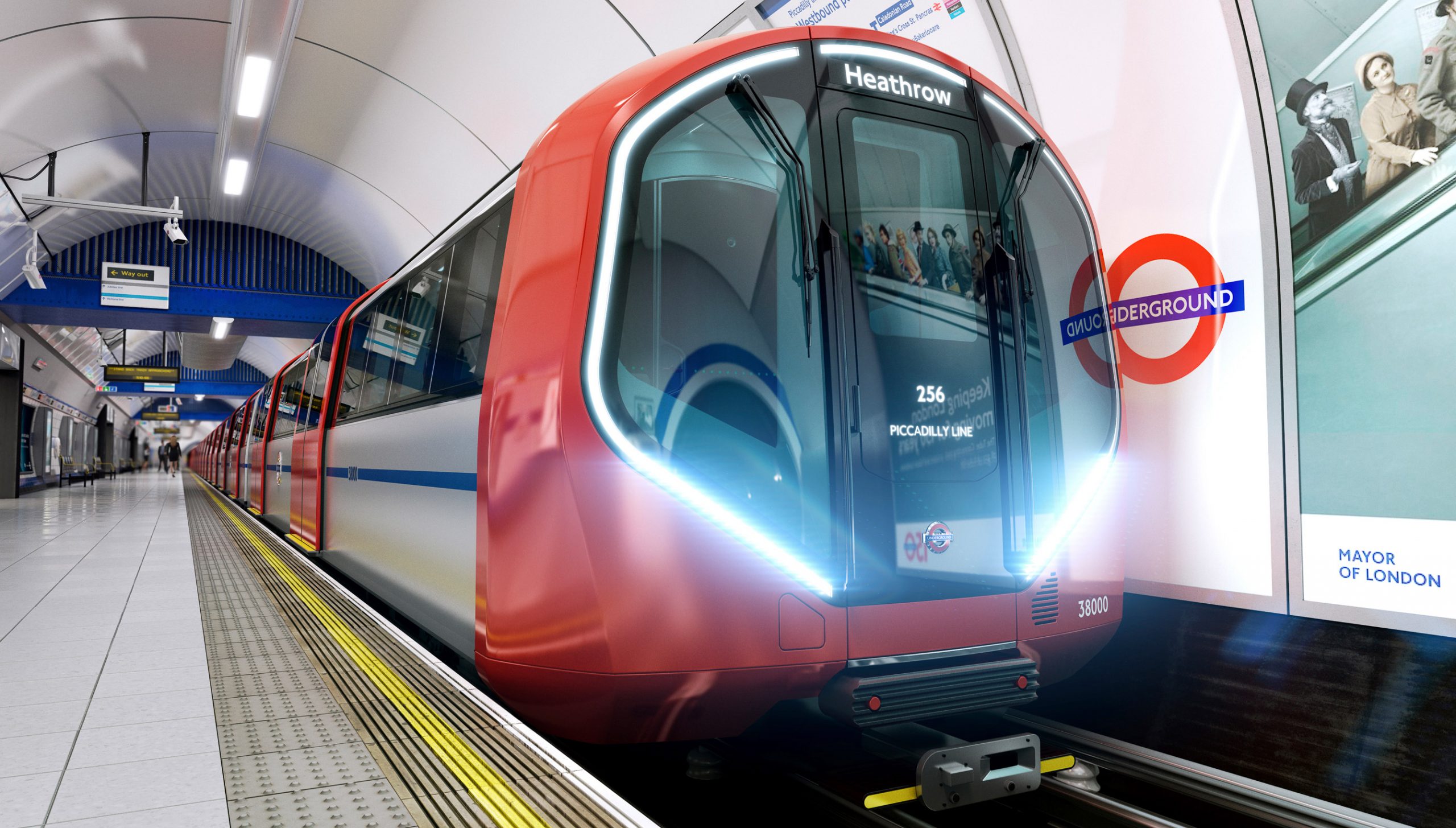That would only be safe with side walkways as the DLR has in the tunnel sections. But we aren't talking staffless, we're talking driverless.
Side walkways themselves aren't sufficient, as has been the case with the JLE. You run the risk of arriving people (firefighters) clashing with escaping people (passengers), hence why the walkway provided on the JLE is specifically prohibited to be used for passenger evacuation.
I believe this is partly the reason why the side walkway on the Battersea extension is considerably wider than we're used to.
How exactly is it different to a guard on a regular passenger train?
There is no safety issue with people hearing radio comms. What do you think they are going to do with the information? Air traffic control is far more safety-critical than anything that a DLR train captain will ever do, and that's open to whoever wants to listen.
The model, to me, is and should be the future. Guard only operation is vastly superior to driver only operation, and both more financially efficient long-term (because wages are expensive) and safer than crew operation (because most accidents are caused by human error on all modes of transport). And as it'd be rolled out slowly, nobody need lose their job over it, it can simply be phased in as people retire and leave for other reasons. If there are personal safety issues on given trains, you could double them up or provide private security guards on those specific services.
I couldn't be any more strongly in favour, to be honest.
Firstly, have you ever had to make a safety-critical communication when there's a significant amount of background noise? I have, and it introduces a lot of scope for things to go wrong. Remember the DLR operating model places almost total reliance on accurately made and understood verbal communication when into degraded working; by coincidence this is the same signalling system which will soon cover half of London Underground. Secondly, on the one hand we're saying that having the "person in charge of the train" on show is for reassurance, but I'm not sure hearing a panic-ridden or flustered radio dialogue is very reassuring - something I've heard on DLR a number of times during degraded working, where again due to the signalling system concerned the workload for control staff is extremely high during degraded working. Again QV with the Underground, and consider the implications of this.
Stuff like defect handling and degraded working *really* is best done without interference from passengers. There's plenty of incidents which have happened over the years when someone has been kicking off, which has ended up pressurising a member of staff into doing something unsafe, or even lethal.
You're entitled to be personally supportive of the concept, however this doesn't mean all these issues simply disappear. As I posted elsewhere, DLR has had some nasty mishaps over the years, so it isn't by any means the sweet bed of roses it's sometimes made out to be.


